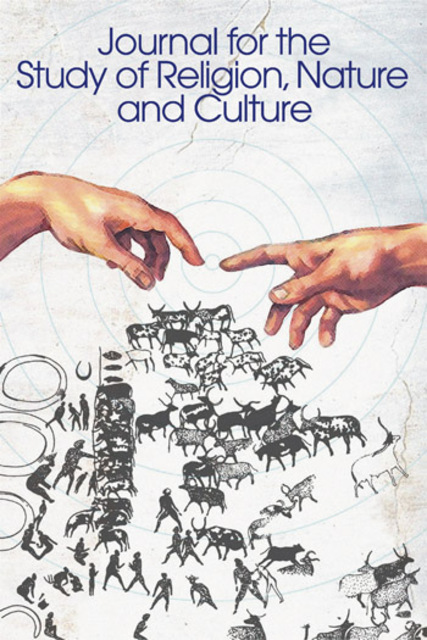Managing for the Spirit: Valuing the Mormon Sacred Grove

Full description
Like his Puritan ancestors, Joseph Smith Jr, founder of the Mormon (LDS) movement, often went to the woods to pray. In the spring of 1820, Smith, living in upstate New York, claimed to have witnessed a series of visions of angels, God, and Jesus Christ. Since then Mormonism has become globally significant. That small grove is now a 150-acre sacred site visited by thousands of Mormon pilgrims each year. Informally protected since the late 1800s, the LDS Church shifted its approach to management of the Grove in the 1990s by emphasizing the importance of ecological health and restoration. This article outlines the history of management and protection of the LDS Sacred Grove as a sacred site and discusses the spiritual importance of the site to Mormon faithful, and the valuation of the Grove as essentially instrumental rather than intrinsic.
- typeImage
- created on
- file formatjpeg
- file size107 KB
- container titleJournal for the Study of Religion, Nature and Culture
- creatorJason M. Brown
- issnISSN: 1749-4915 (online)
- issue12.3
- publisherEquinox Publishing Ltd.
- publisher placeSheffield, United Kingdom
- doi
We use cookies to analyze our traffic. Please decide if you are willing to accept cookies from our website. You can change this setting anytime in Privacy Settings.
